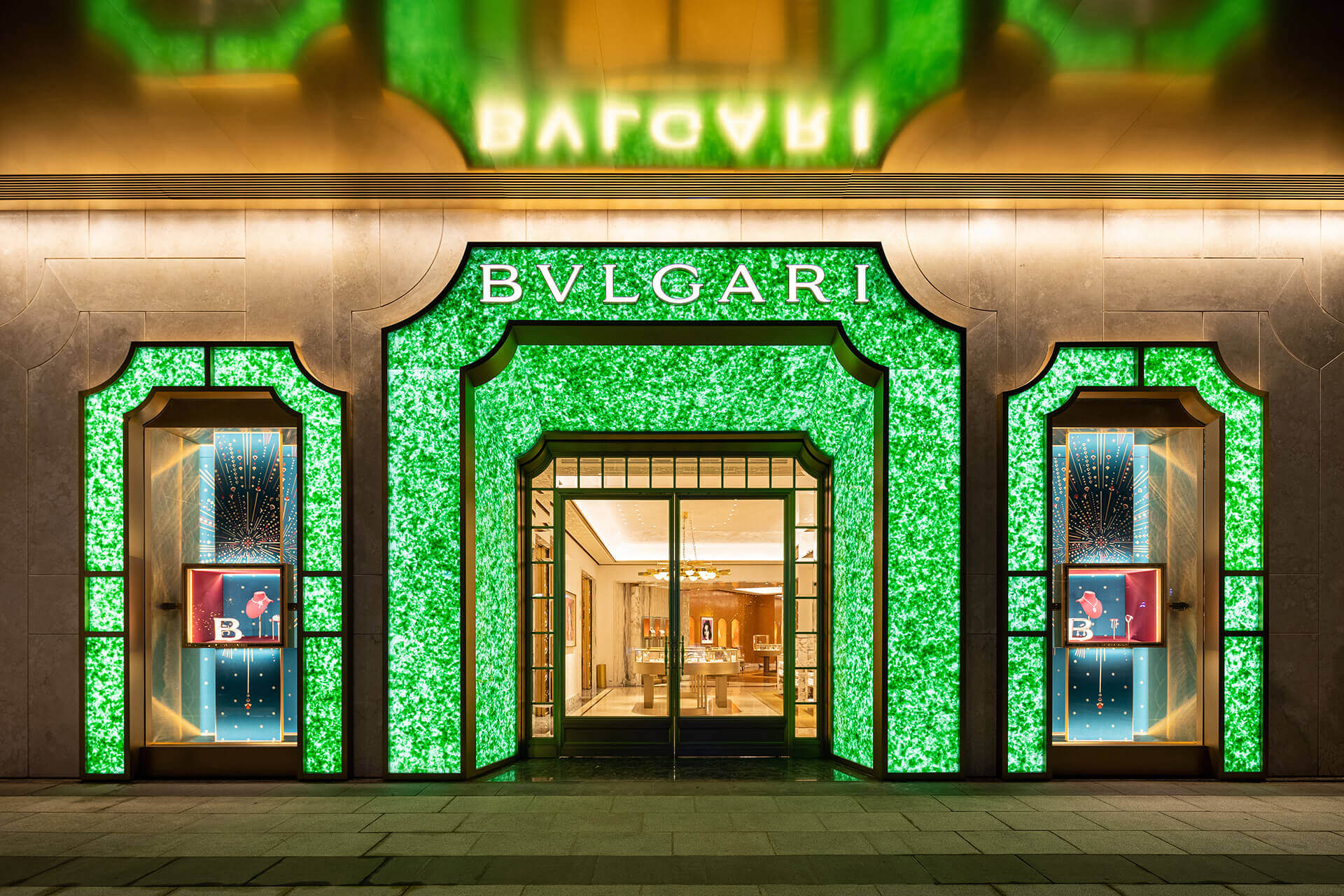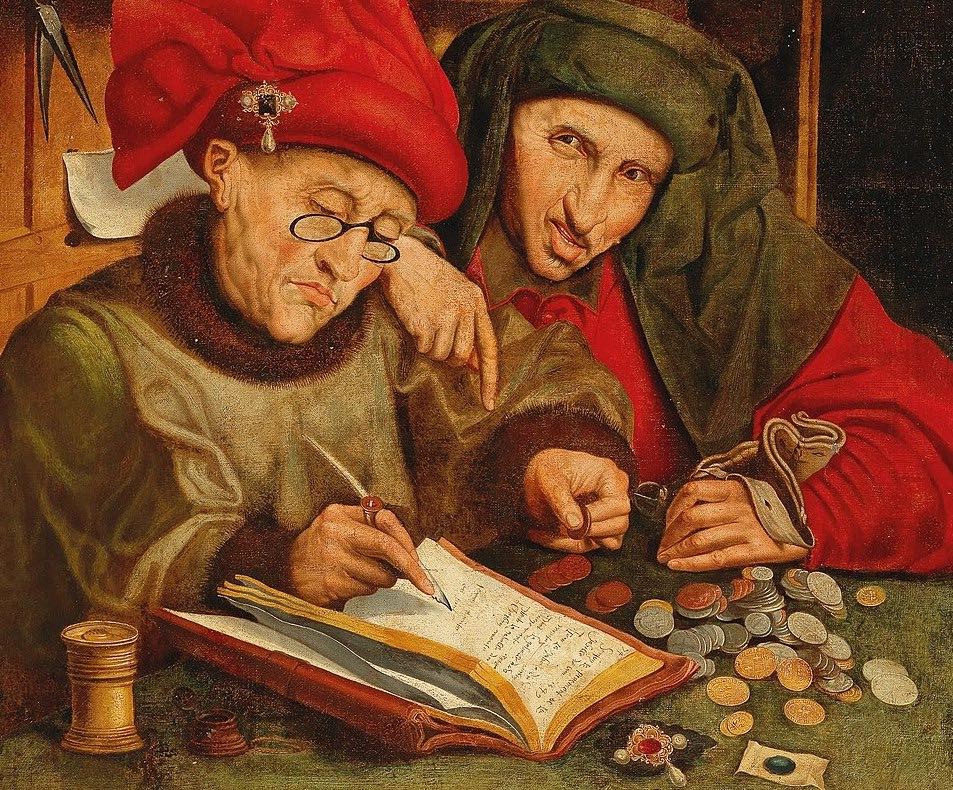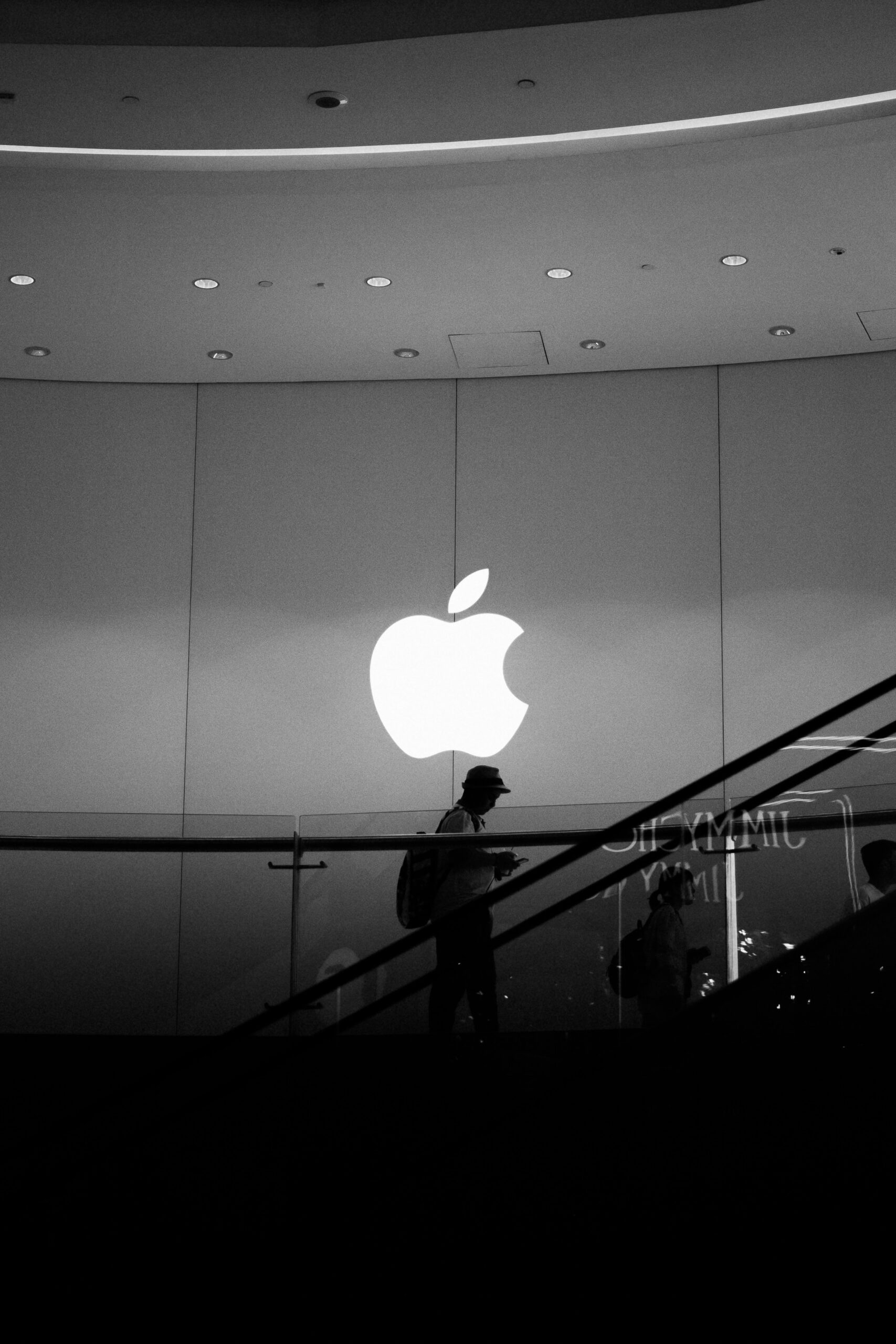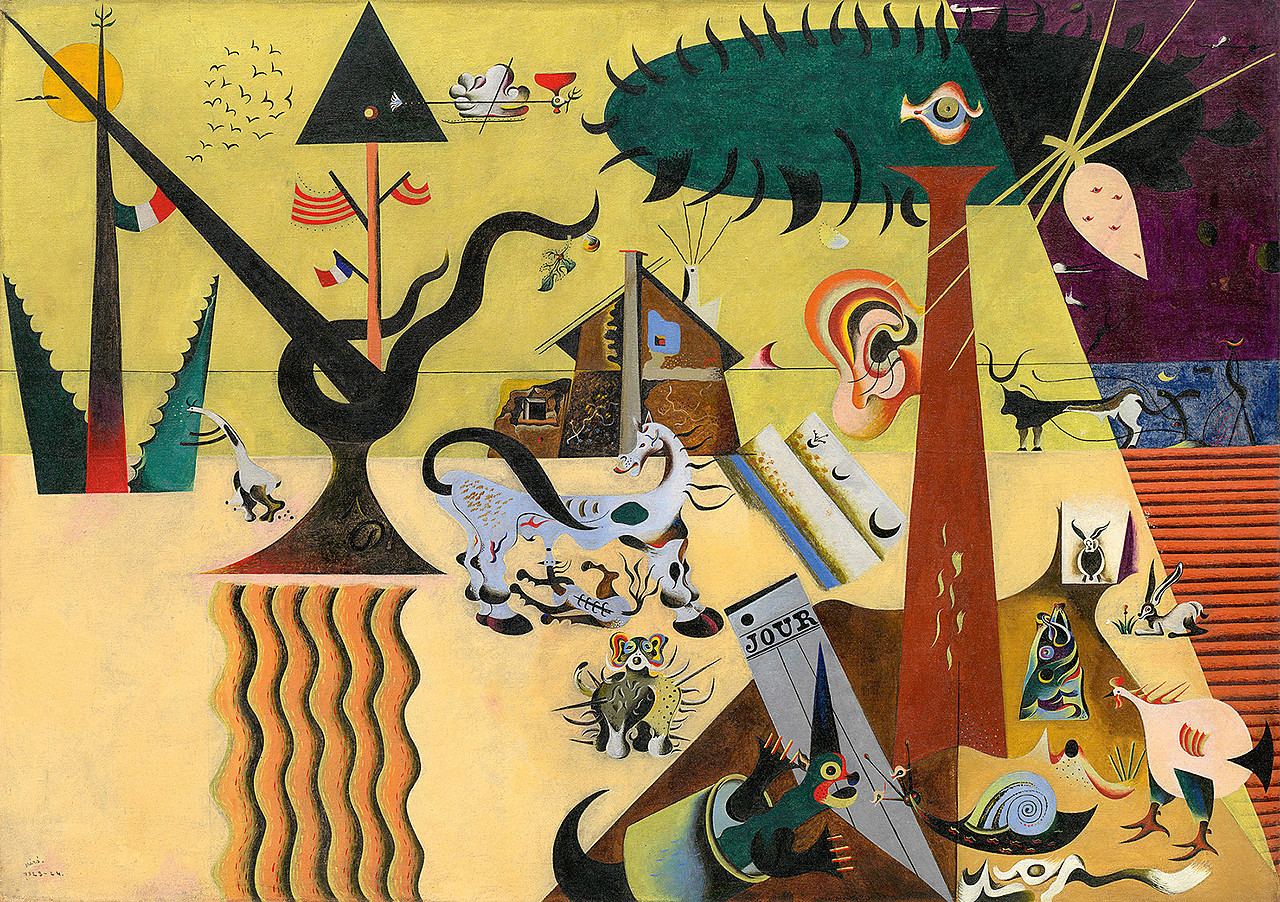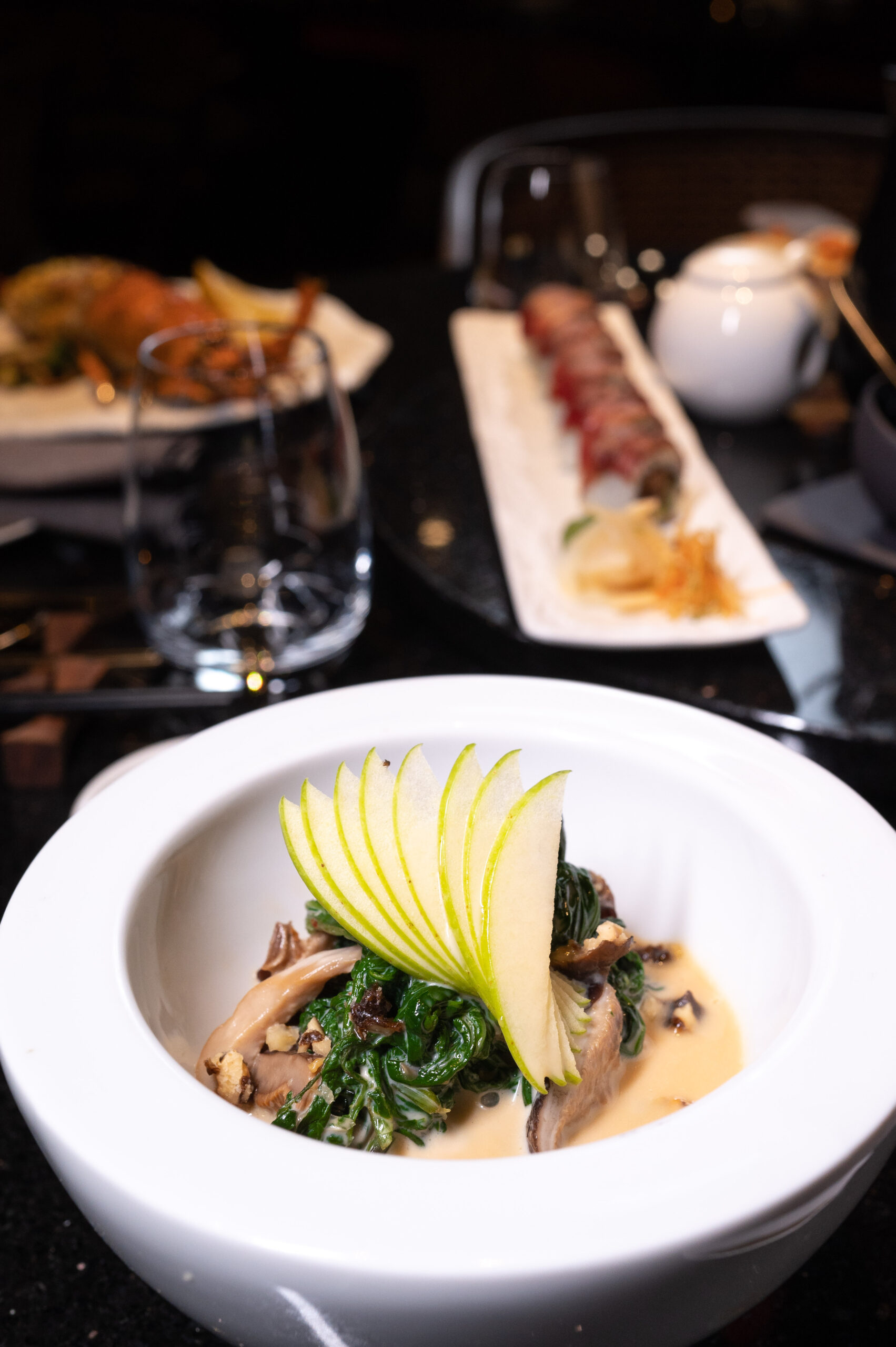In the dynamic world of luxury fashion, it’s no surprise that emerging markets have become the focal point for expansion and innovation. The Indian market, with its burgeoning economy and evolving consumer preferences, has become a strategic playground for luxury brands eager to leave their mark. As we step into 2024, the allure of India continues to grow, beckoning luxury labels to tailor their offerings to this vibrant and discerning market. Factors such as India’s growing economy, rising disposable incomes, and evolving consumer preferences contribute to this trend. For example, the number of millionaires in India is projected to grow by 105 per cent by 2026, as per a Credit Suisse report.
According to a report by Bain and Company, the luxury market in India is predicted to grow to 3.5 times its current size and reach US$200 billion by 2030. The growth will be driven by several factors, including an increase in UHNWIs (people with a net worth of USD 30 million or more), growing entrepreneurship, a robust middle class, increased e-commerce penetration, and demand from tier II and tier III cities. As per Knight Frank’s Wealth Report 2022, India’s ultra-rich population increased 11 times in the last ten years, placing it third globally in terms of billionaires after the United States and China in 2021.
“For example, the market size in various categories may vary from $5 billion to $10 billion in India, which is fairly small as compared to the global markets, but there is a demand for aspiration. The affluent household in India is growing in size. There is a demand for a combination of local and global brands. However, for a retail infrastructure to be in place for any luxury brand, trust and experience are important for a customer in India,” says Abheek Singhi, managing director and senior partner at BCG.
Bvlgari facade in Shanghai
Following the growth of the demand from Indian consumers, luxury companies are launching collections designed specifically for the country to establish a stronger bond with the India’s ultra-rich clientele. For instance, in an effort to capitalise on the lucrative wedding season, Louis Vuitton recently unveiled a limited-edition capsule line of wedding heels priced between INR 75,000 and 1,20,000. Bvlgari, an Italian luxury company, didn’t just created the mangalsutra (customary necklace for a married woman) specifically for the Indian market, but they also launched the kada (a Sikh, religious bangle) targeted towards the discerning north Indian audience. Additionally, on the 75th anniversary of India’s independence, 150 limited-edition timepieces were unveiled by Swiss luxury watchmaker Franck Muller. The watches spoke of the brand’s focus on the Indian market, with each case bearing an etching of the country’s map.
By tapping into the invigorating aspirations of Indian consumers and offering products and experiences that resonate with their values and expectations, luxury brands have the potential to thrive in this dynamic and rapidly evolving market landscape. With a burgeoning middle class and a growing appetite for luxury goods, India presents a lucrative opportunity for brands willing to invest in understanding and catering to local tastes and preferences. In addition, the rise of digital platforms and social media has democratised access to luxury, enabling brands to engage directly with Indian consumers and forge meaningful connections beyond traditional retail channels.
The expansion can also be attributed to the smart incorporation of technology, including generative artificial intelligence, which enables customised client encounters and instant assistance. “Digital technologies, such as artificial intelligence, machine learning and internet of things play a crucial role in advancing this green shift while enhancing brand-consumer relationships,” Ramanathan said. “We anticipate these innovations to revolutionise the luxury market, globally,”says Anand Ramanathan, partner, consumer products, Deloitte India.
The future of luxury in India is an intriguing story waiting to be told via the lens of AI-assisted technologies and a constant rise in the spending power of Indians. India is on the forefront of a revolution; and the blend of the rising appreciation of the luxury market in India with the burgeoning integration of AI in retail makes for a promising future for the industry in India.
Words by Akanksha Maker.
Featured image courtesy Balenciaga.

